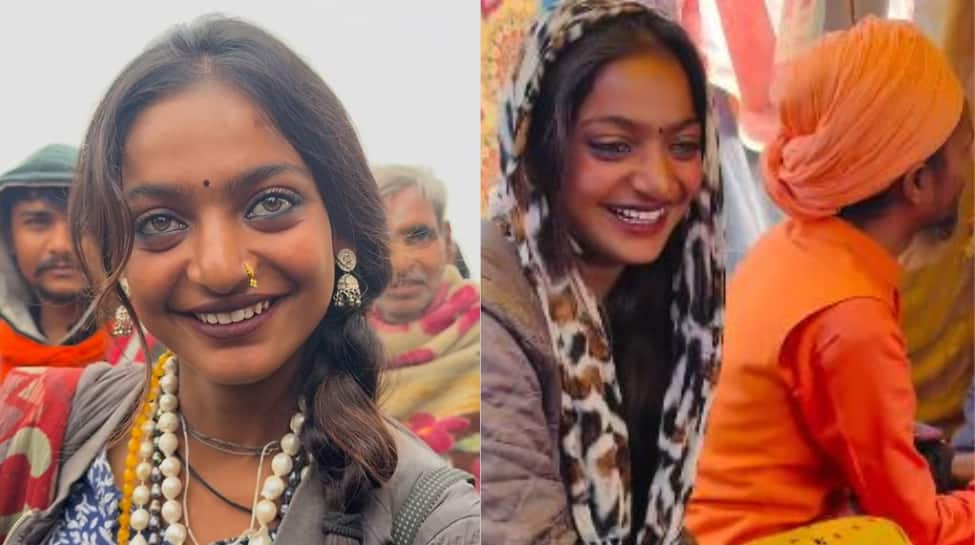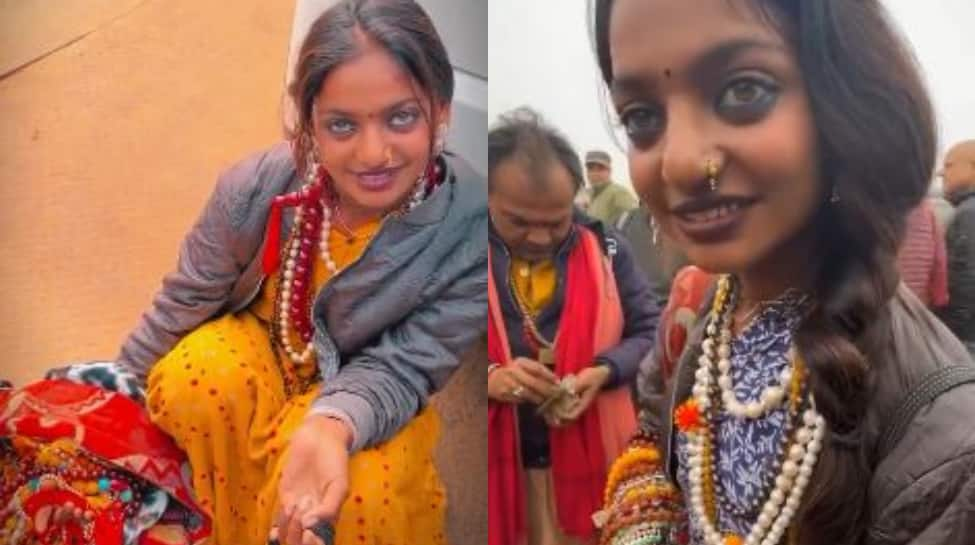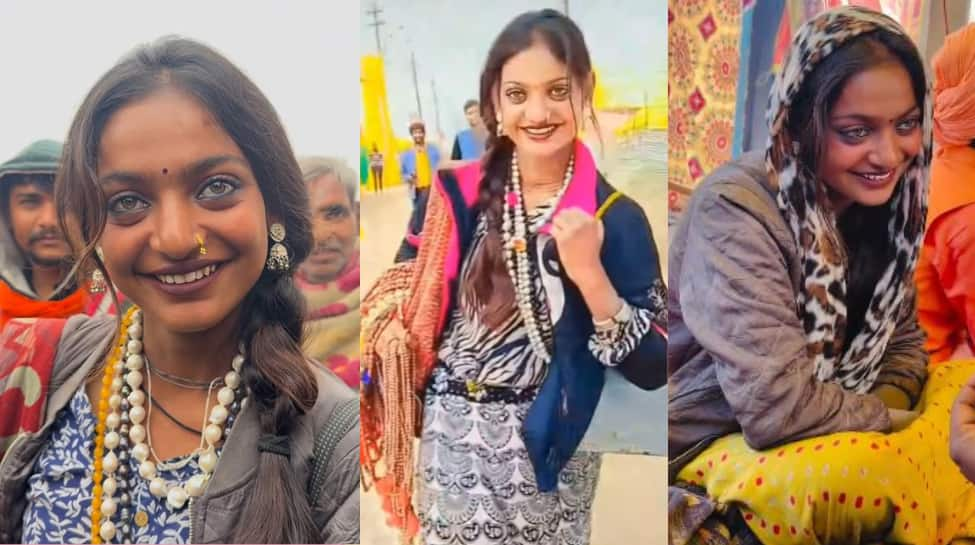)
The Maha Kumbh Mela in Prayagraj is a spiritual spectacle that draws millions from across the globe. Amid the throngs of devotees and pilgrims this year, a surprising star emerged — Monalisa Bhonsle, a garland seller from Indore, whose life took an unexpected turn after a single viral moment.

Monalisa’s allure lies in her striking appearance. With a dusky complexion, captivating amber eyes, and a sharp, distinctive nose, her beauty has been likened to none other than Leonardo da Vinci’s iconic Mona Lisa. Her enigmatic expression and well-defined facial structure caught the public’s imagination, transforming her from a humble vendor into an online sensation.

The turning point came when a short video clip of Monalisa selling malas at the Triveni Sangam spread across social media platforms. Users were quick to draw comparisons between her and the timeless masterpiece, sparking endless conversations about beauty, art, and serendipity. Memes, debates, and thousands of likes flooded in, and her story captured the hearts of internet users.

However, with great fame comes unforeseen challenges. Monalisa’s popularity skyrocketed, attracting large crowds of curious visitors and social media influencers. Her once-bustling garland stall, where customers came to buy malas for prayers and offerings, turned into a backdrop for selfies and reels. People clamored for a moment with her rather than her merchandise, leading to a significant drop in her sales.

Social media users celebrated her beauty and story, but few paused to consider the unintended economic impact on her livelihood. Sachin Gupta, a popular content creator, noted in a viral post on X that while Monalisa’s newfound fame brought immense attention, it negatively affected her income as real customers became scarce. “Everyone is taking pictures, but who is buying her malas?” he asked, highlighting the dilemma of internet fame without financial benefit.

For Monalisa, balancing the surge of attention with her need to earn a living has become a daily struggle. While she acknowledges the fascination and goodwill of her admirers, she remains focused on her work. “I am grateful for the love, but this is my livelihood,” she says with a smile, echoing the resilience of countless small business owners whose lives have been upended by the digital age.

Her story serves as a reminder of how social media can transform lives, both positively and negatively. It also raises important questions about the ethics of internet fame and the responsibility of audiences to support, rather than exploit, the individuals they elevate to stardom.

As Monalisa Bhonsle’s tale continues to unfold, she remains a powerful symbol of unexpected fame in the age of virality. Her story captures the spirit of Maha Kumbh 2025 — a place where faith, humanity, and wonder converge — reminding us that behind every viral moment is a real person with dreams and struggles.